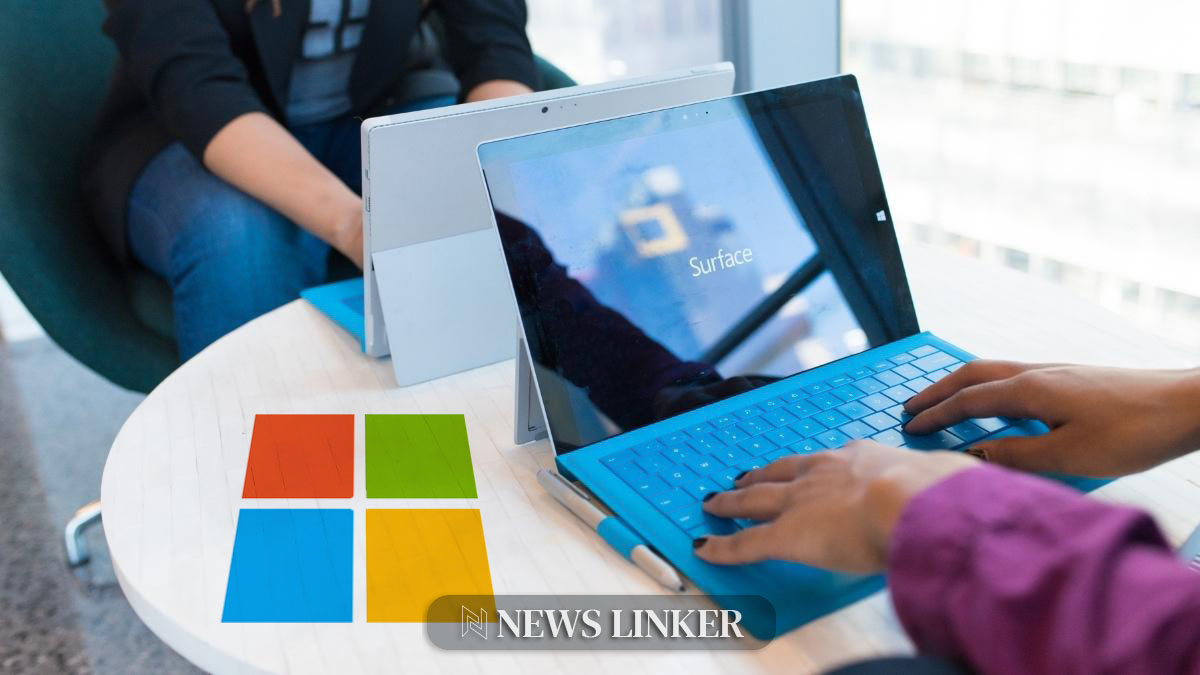The relentless advancement of graphics technology has left many users with hardware incapable of supporting the latest features like ray tracing, a rendering technique that simulates real-world lighting to create stunning visuals in games and other applications. Users with graphics cards featuring less than 8GB of VRAM often find themselves unable to take advantage of these enhancements, leading to a less immersive experience. Microsoft’s recent endeavor suggests a potential remedy to this issue, aiming to democratize access to cutting-edge graphics capabilities.
Microsoft’s initiative draws upon a history of graphics processing evolution where the company has played a significant role in shaping user experiences through innovations like DirectX APIs. These APIs have been instrumental in standardizing the development process for game designers and ensuring a broad compatibility across different hardware configurations. The proposed solution is expected to build on this legacy by enabling more devices to render complex lighting and shadows, features that are currently limited to higher-end GPUs. This progression could mirror the transformative impact that Microsoft’s DirectX had on gaming in the 90s, marking another milestone in the trajectory of graphics technology.
Addressing the VRAM Shortage
Microsoft’s approach targets the core issue of VRAM limitations. By potentially utilizing alternative memory solutions or more efficient use of existing VRAM, Microsoft could enable devices with lower-end GPUs to execute ray tracing tasks. This strategy would not only enhance the visual fidelity for a larger user base but also breathe new life into older hardware that was previously deemed obsolete for modern rendering demands.
Enhancing User Experience
The initiative underscores Microsoft’s commitment to user experience, as it would allow a greater number of gamers and professionals to experience high-quality graphics without requiring a costly hardware upgrade. This aligns with the broader industry trend of making advanced technologies more accessible. The emphasis on user experience is reflected in the development of platforms and services that make the most of existing hardware while also pushing the boundaries of what’s possible in real-time rendering.
Innovation Beyond Hardware Constraints
Breaking free from the shackles of hardware limitations, Microsoft’s potential solution underscores a shift towards software and optimization as the keys to unlocking advanced graphics capabilities. This philosophy could pave the way for more sustainable and inclusive advancements in the field of computer graphics, reducing the need for frequent hardware refresh cycles and minimizing electronic waste.
Looking at parallel developments, Engadget’s article “NVIDIA‘s DLSS: AI Rendering Technology Enhances Gaming Graphics” illustrates the use of AI to upscale lower-resolution images in real-time, achieving better performance without compromising on visual quality. Similarly, AnandTech’s piece “AMD‘s FidelityFX Super Resolution: A Software Approach to High-Quality Imaging” explores a different method that allows games to run at higher resolutions and frame rates on less powerful hardware. These articles demonstrate a concerted effort within the industry to optimize software and leverage AI to overcome hardware bottlenecks.
Useful Information for the Reader
- Microsoft’s solution may rejuvenate older GPU models.
- Optimization could reduce the need for frequent hardware upgrades.
- Software innovation is becoming as crucial as hardware advancement.
Microsoft’s foray into the GPU performance conundrum could prompt a significant shift in the industry, emphasizing software ingenuity over hardware brute force. Gamers and graphic-intensive users stand to gain immensely from this paradigm, which could offer a high-end visual experience without necessitating the latest hardware. As the landscape of computer graphics continues to evolve, the focus on inclusive and sustainable solutions like Microsoft’s proposed initiative may lead to a new era where the cutting edge of visual fidelity becomes widely accessible.










